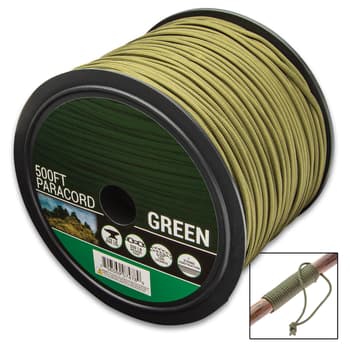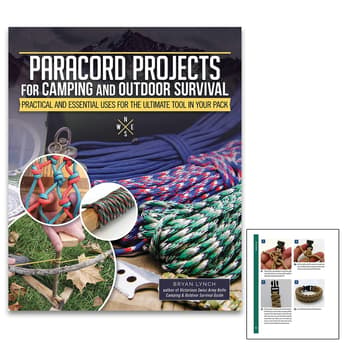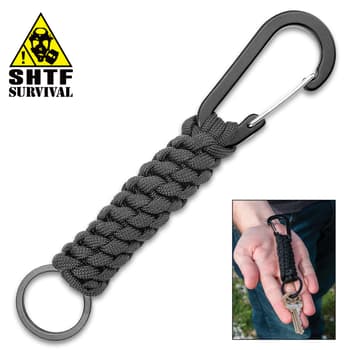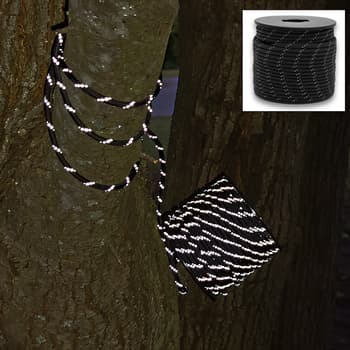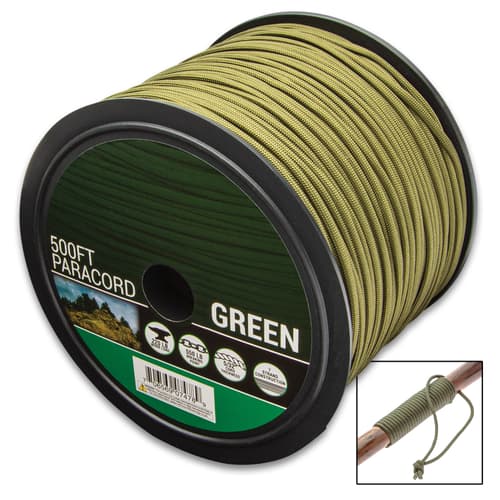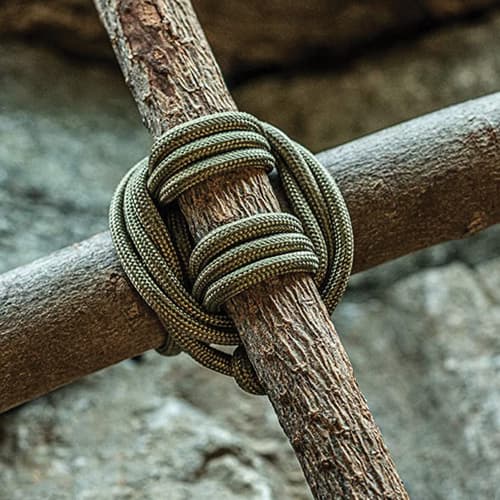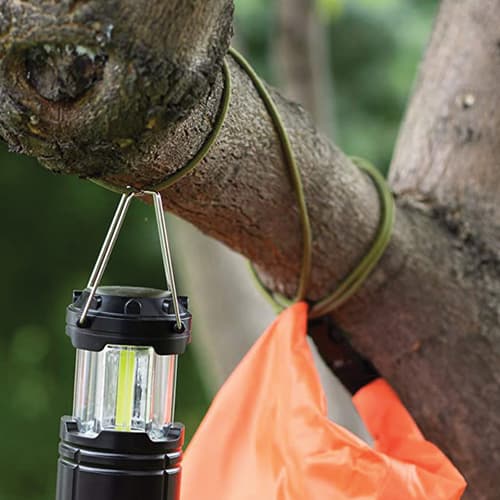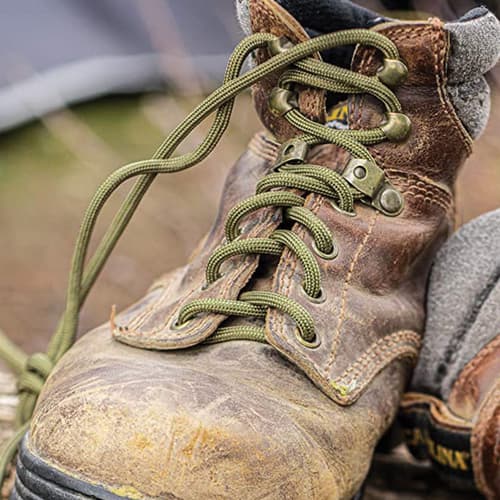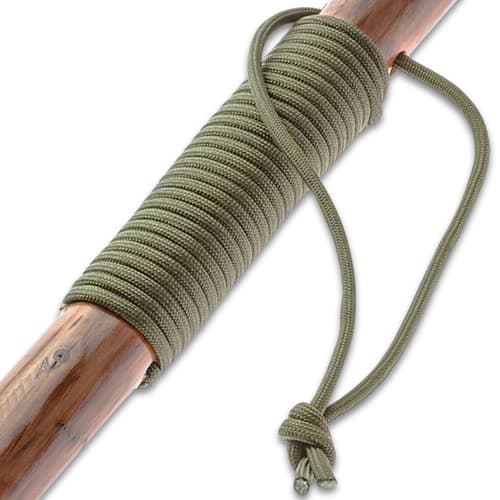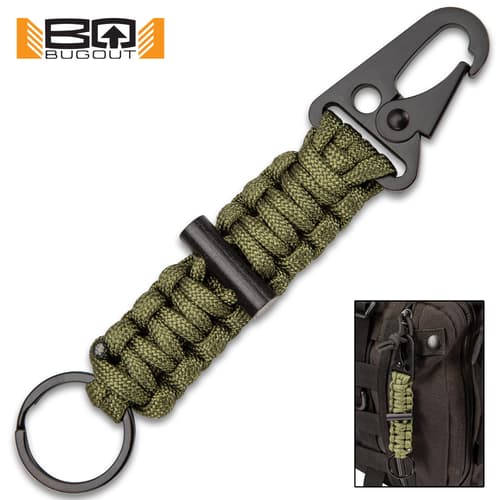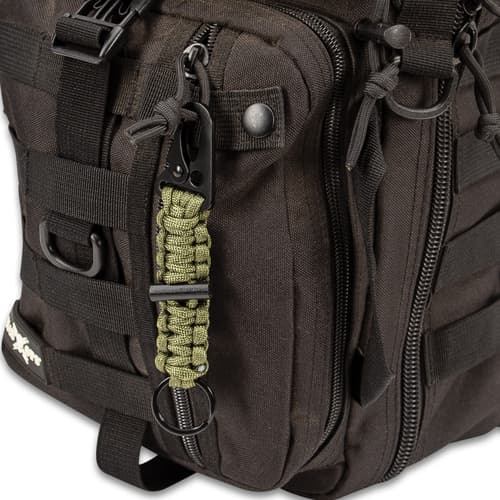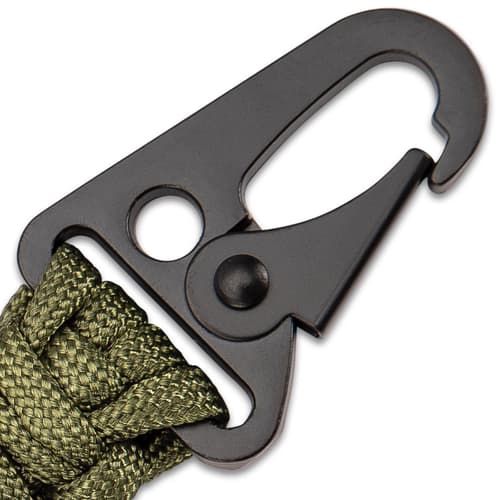How To Make Cordage
How To Make Cordage

By Adelia Ladson
What Is Cordage?
Cordage is intertwined fibers or strands that are joined together by twisting or braiding to make a stronger material than the single fibers alone. So, basically, it's rope, which next to the wheel, has been one of the most important and significant tools in world history. Ten to one, you've got paracord or some type of rope in your home or vehicle, right now. Sure you can buy it but knowing how to make your own is a valuable primitive skill to have in your knowledge tool box.
What's Natural Cordage Made Of?
Natural cordage can be made of almost anything, which is a good thing if you're facing a survival situation. The main two categories that cordage material falls into are plants and tree bark. What you're looking for is a source of long fibers. Cordage experts agree that Dogbane, also known as Indian Hemp, is one of the best plant sources to use and was used by Native Americans for making rope for centuries. It can be found throughout North America, growing three to six feet tall in meadows, along creek beds, in irrigation ditches and in cultivated pastures. It's poisonous to dogs and other animals, which can cause problems when it's growing in a pasture for livestock. The fibers for your cordage are found in the reddish brown stems, which contain a milk sap. A good source of tree bark for cordage is Red Cedar, which grows in the Eastern United States across the Northern Great Plains through Eastern Texas and Northern Florida. It grows up to 90 feet tall with needle-like leaves and reddish-brown bark that easily peels off in thin strips. However, it's the light-colored inner bark that you use as your source of fiber.
How To Make Cordage
Once you find your natural material, the first step is harvesting it from the source. If you're using Dogbane, cut the plant off close to the ground and strip off the leaves. It's best to harvest the plants when they're dry, at the end of the growing season. If using Red Cedar bark, you need to cut or peel away the outer bark to get to the inner bark that you can cut and peel strips from. The best source is going to be from a dead, fallen tree where the inner bark is dry and not wet like a live tree. If you using the inside bark of a live tree, lie it out to dry.
When using Dogbane stalks, you need to make sure that they are completely dry. If not, lay them out to dry until they are crisp when you break them. Then, you need to separate the fibers from the outer stalk by pounding them with a rock or another flat rock to open them up and remove the inner fibers. You need to make sure that all of the woody outer part is removed from the fibers. A way to do this and also make the fibers more stringy and pliable is to "buff" them. Roll them back and forth between your hands or even better, roll them back and forth on your jeans-covered thigh to make them fluffier. This will allow them to twist together better. Also, do the same with the fibers sourced from the Red Cedar bark.
Twisting Methods
Once you have several bundles of fiber, you can twist them into your desired length and thickness of cordage. You can do this by integrating bundles of the fiber into the rope as you go along. There are three basic methods to twisting fibers into cordage: finger-rolling, thigh-rolling and rope-lay.
Finger-Rolling
First take the fiber bundle and hold, not at the center but off-set, so that one end is longer than the other. This is important so that when you start adding fiber bundles in on each side, they are at different junctions, thus, assuring that your rope is strong. Twist each section of the fiber that you're holding in opposite directions until a kink or "eye" forms in the middle between your fingers. This is the start of your cordage and what you will start with for the next two methods, as well.
Pinch the eye between your thumb and forefinger of one hand and, with the other hand, roll the two strands at one time with your thumb along your forefinger of that hand. Make sure, however, that the two strands don't cross over each other so keep a distance between them. After each stroke, keeping tension on the strands with your rolling fingers, release the cordage from your holding fingers and let the strands twist together automatically. Move your holding fingers up a little and repeat the process until you get to the end of one of the strands. At this point you can integrate another fiber bundle into your cordage. I will touch on this further on.
Thigh-Rolling
When using this method of twisting, it's best to wet the fibers just a little first. This is the best way to make thin cordage quickly and a lot of it for things like fishing nets. Hold the fiber strands by the eye and take them and lie them over your thigh. Use your other open hand to roll the strands over your thigh, once again, keeping the two strands from rolling over each other. After each rolling stroke, keeping the strands clamped down on your thigh, release the eye end of the cordage and let the two strands automatically twist together. Just like above, move your holding fingers up a little and repeat the process. As you probably figured out, this method is pretty much the same as the one above. You're just using a different method of rolling the two strands.
Rope-Lay
When separate fibers are individually twisted before being twisted around each other, it's known as a rope-lay. This method is best used for making thick cordage or rope. Just like with the methods above, start by holding the fiber bundle by the eye. Take the strand that's furthest away from your holding hand and twist it away from yourself. Keeping it tightly twisted, bring the strand over the strand that is closest to you so that the two strands have swapped places. Then, twist the swapped strand which is now the one furthest away from your holding hand. Repeat the process of twisting and crossing the strands over each other and move your hand that's holding the fiber bundle up as you go along.
Adding Fibers
It's important to keep your fiber strands consistent in thickness, so if one starts feeling thinner, you need to add in more fiber. This assures that your cordage is strong and balanced. Take the new fiber bundle, of suitable thickness to balance out the two strands, and add the end on top of the thinner strand close to the point where the two strands meet in your holding hand. Pinch it in place and continue your method of twisting.
